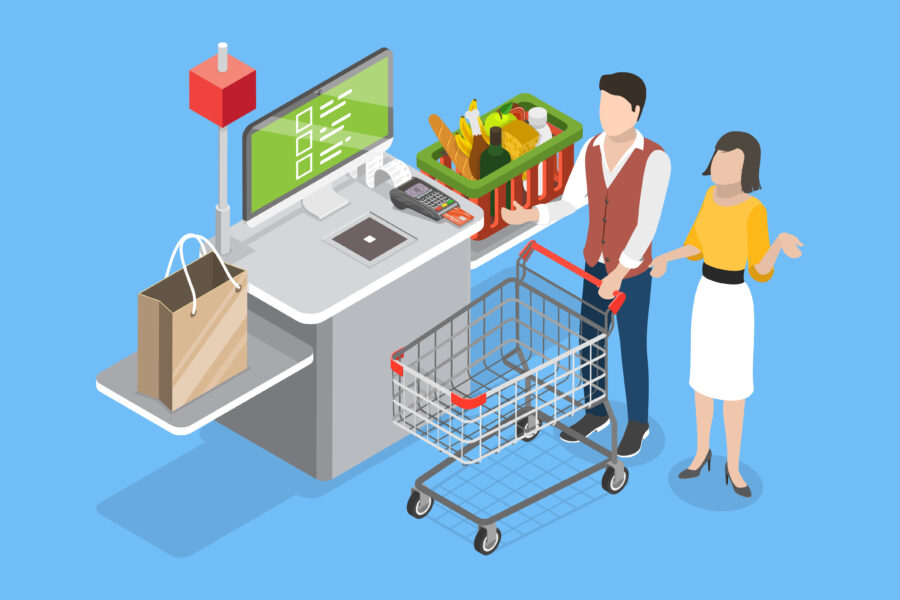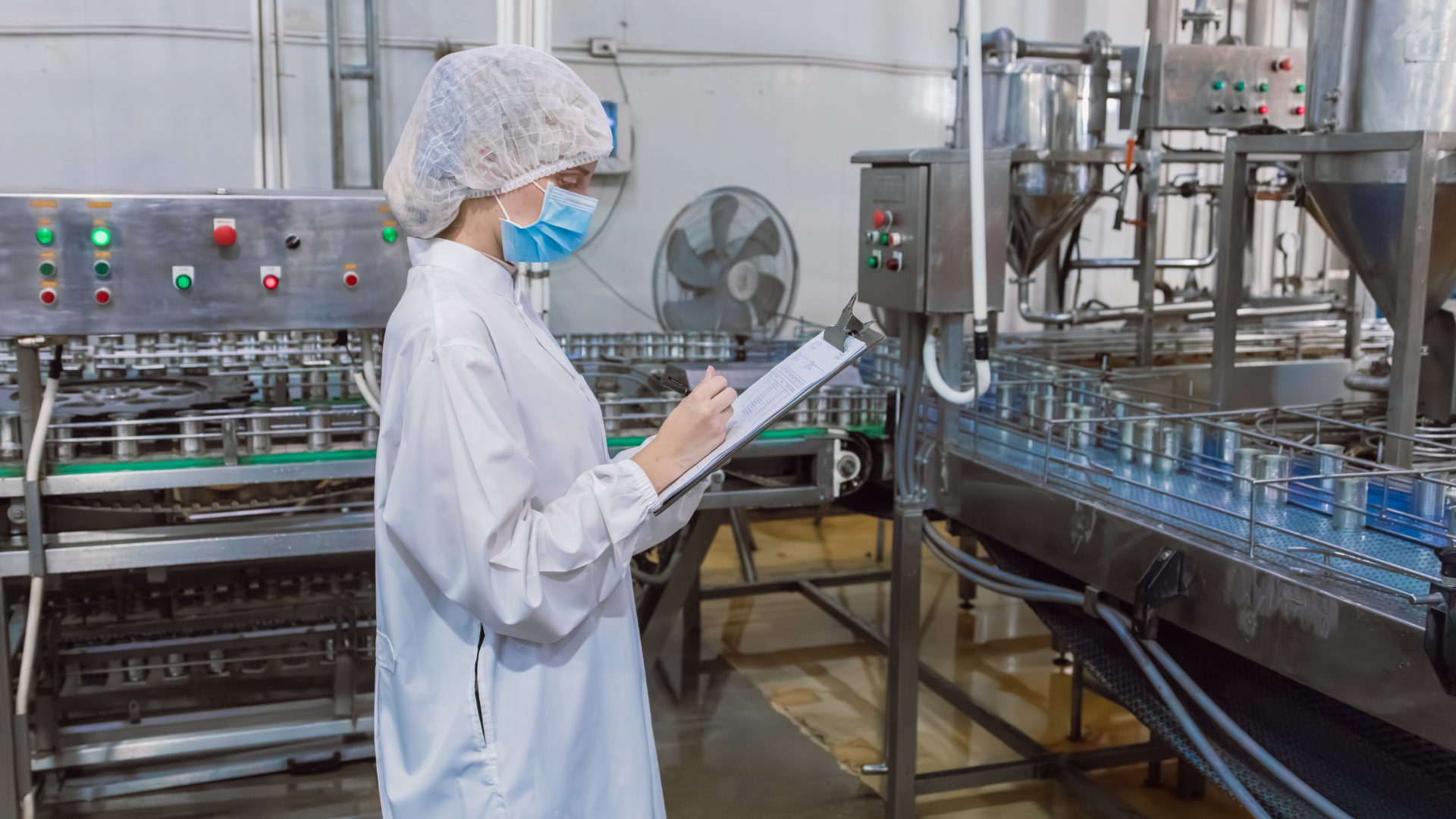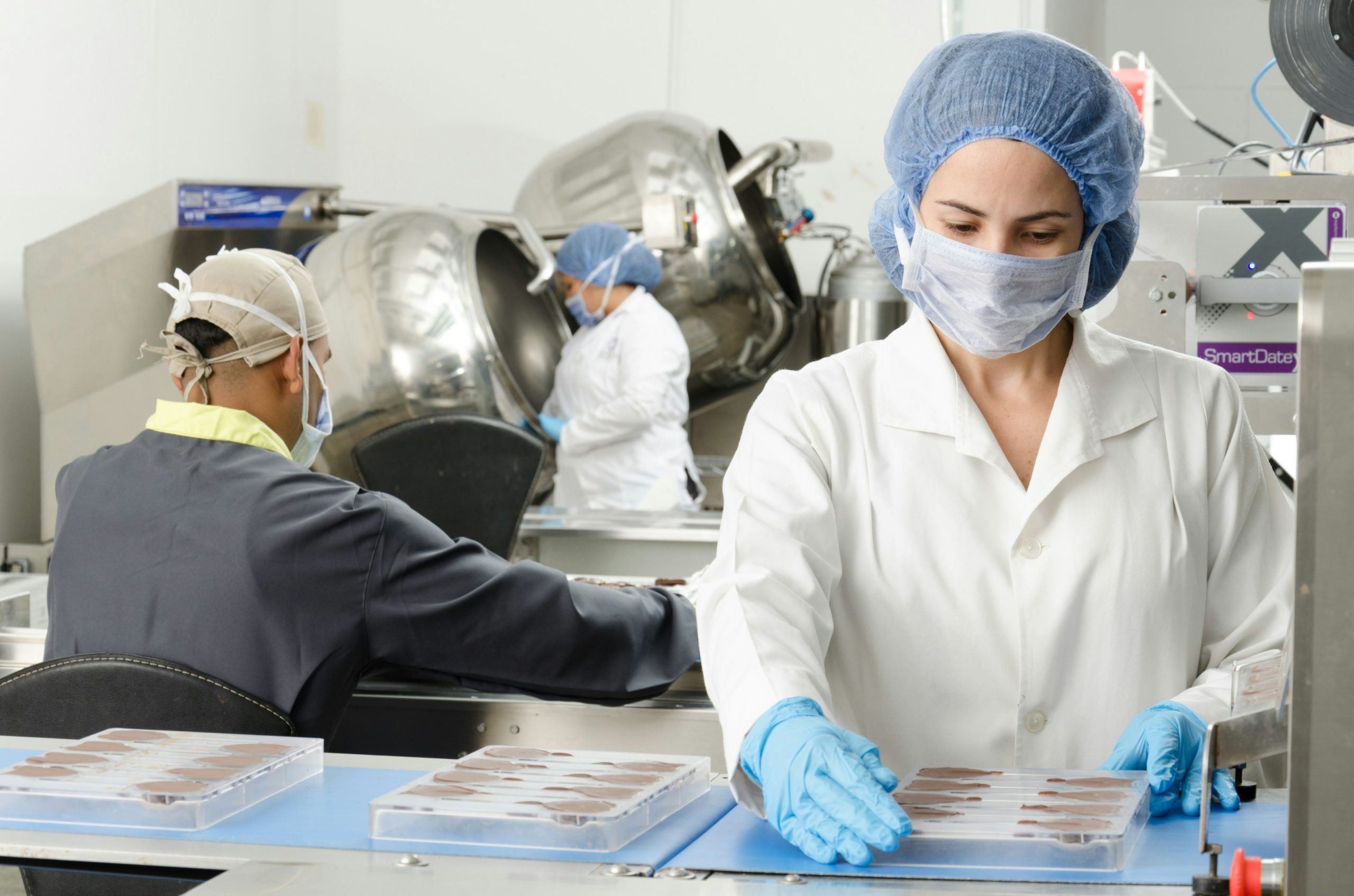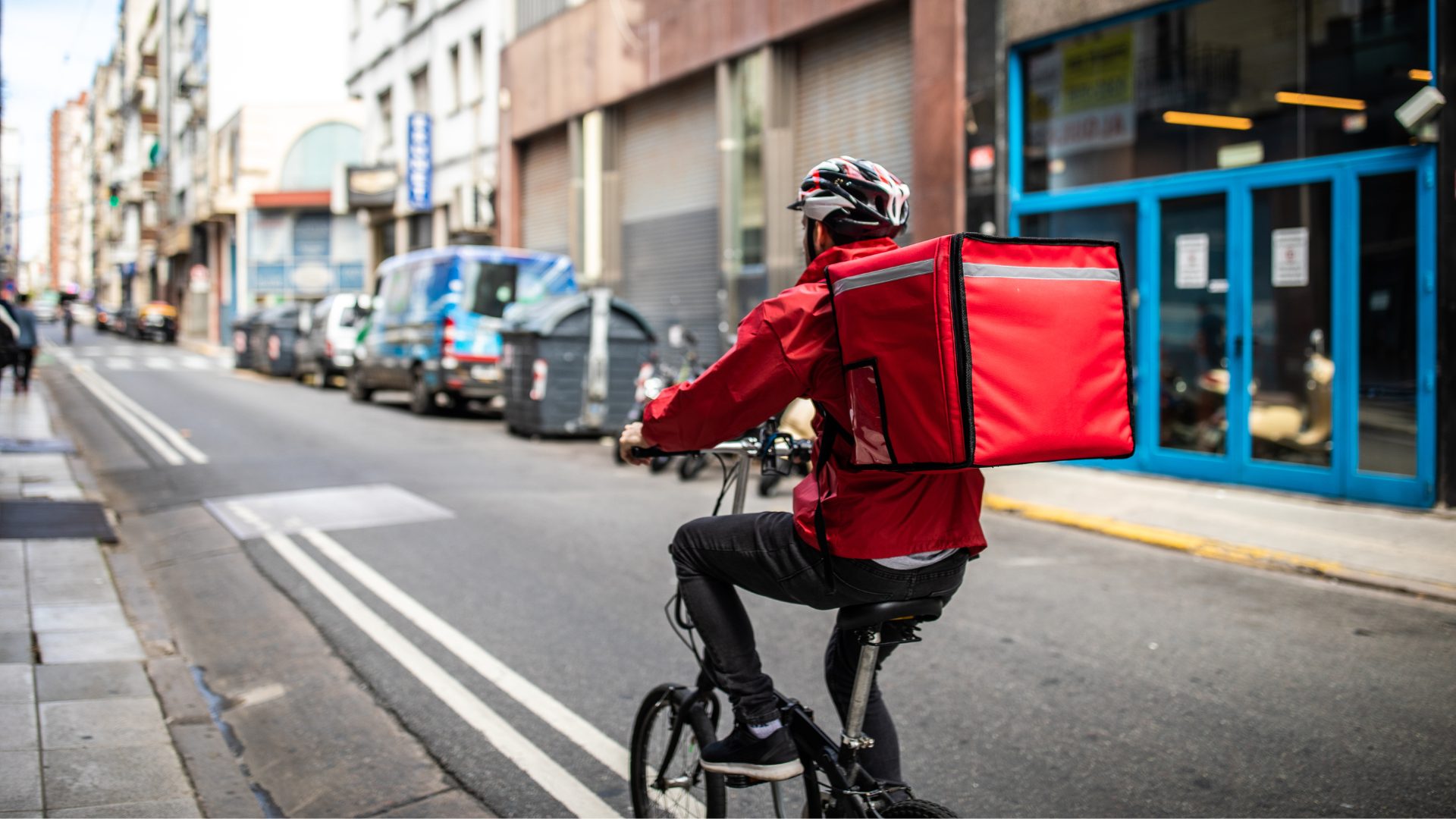NEW YORK CITY – Few things are as irritating to customers as a long, slow wait for the cashier, which makes it no surprise that checkout-free technology was one of the major themes at NRF 2023.
Of course, frustration-free checkout must face off against one of the rising challenges in retail – theft. Many technologies are aiming to minimize the fuss for legitimate customers while still making it difficult for shoplifters to take off with valuable merchandise.
But, as technology advances, the improvements to both problems may be taking the same route.
ADVANCEMENTS IN VIDEO ANALYTICS
One of the most important tools will be video analytics, which Kroger in particular is putting to good use in its stores, both at self-checkout kiosks and elsewhere. Kroger is already using overt cameras to deter crime by making would-be thieves think twice, and more specialized applications of the technology can prevent inadvertent theft from otherwise well-meaning customers.
“In the grocery environment we’re seeing that about one in 15 items leave the store without being scanned,” said Kelly Pedersen, Retail Leader at PwC. “Some of it’s intentional and some of it’s unintentional.
“The biggest grocer in the U.S. is already starting to use video analytics so that if you have something in your cart, you’ll get a reminder on the screen that says ‘Hey, listen, we have a photo of that can in your cart. You have to pay for that,’” Pedersen added.
In addition to reducing shrink, advancements in video analytics will be key to enabling checkout-free shopping on a larger scale. Many older just-walk-out technologies rely on RFID tags or other physical forms of tracking to determine when products leave the store, which can greatly increase the cost of offering the technology in a supermarket with a large number of SKUs. But a camera system can be far more efficient in this purpose.
However, there’s still a long way to go before checkout-free grocery becomes wide scale.
Pedersen noted that the mid-point between self-checkout and complete just-walk-out technology isn’t yet available, but companies are eager to find a way. Mainstream checkout-free stores could become common in five to seven years, as costs continue dropping and new solutions are found.
EVOLVING INVENTORY TECH
In the meantime, outfitting stores with cameras is proving to have other benefits for the customer experience.
Walmart Canada is in the process of rolling out an automated AI assistant at all of its stores to help keep shelves stocked. The system is powered by computer vision cameras in busy areas throughout the store and scan shelves at pre-determined intervals and alerts associates about out-of-stock and low-stock items in real-time.
This approach can bolster the customer experience above and beyond eliminating the frustration of out-of-stocks.
The use of video analytics and AI to help associates handle mundane work more efficiently ultimately provides them with additional time that can be spent on valuable customer-facing tasks.
“That goes along with those investments,” said Pedersen. “They automate the bad work so they can focus on the good work.”










